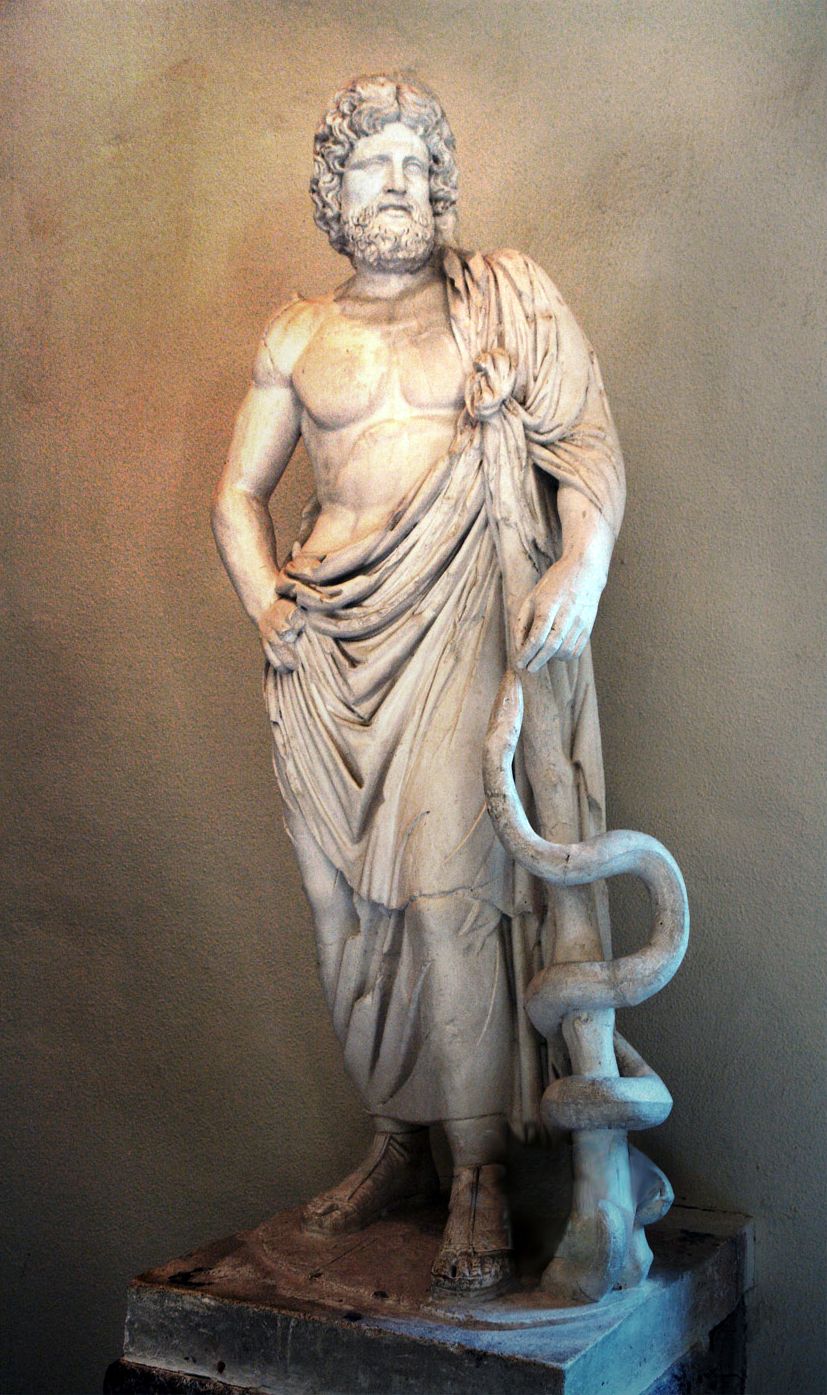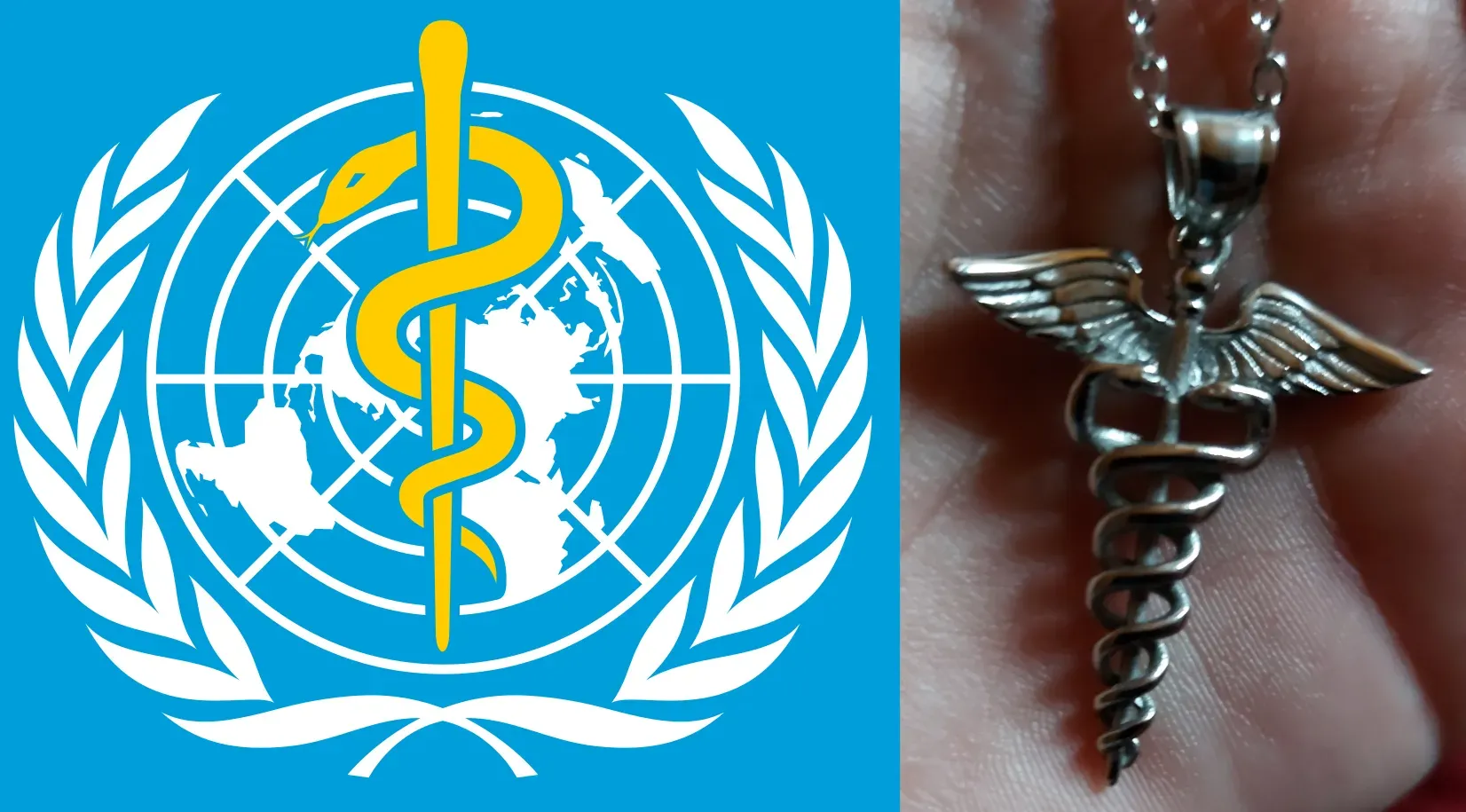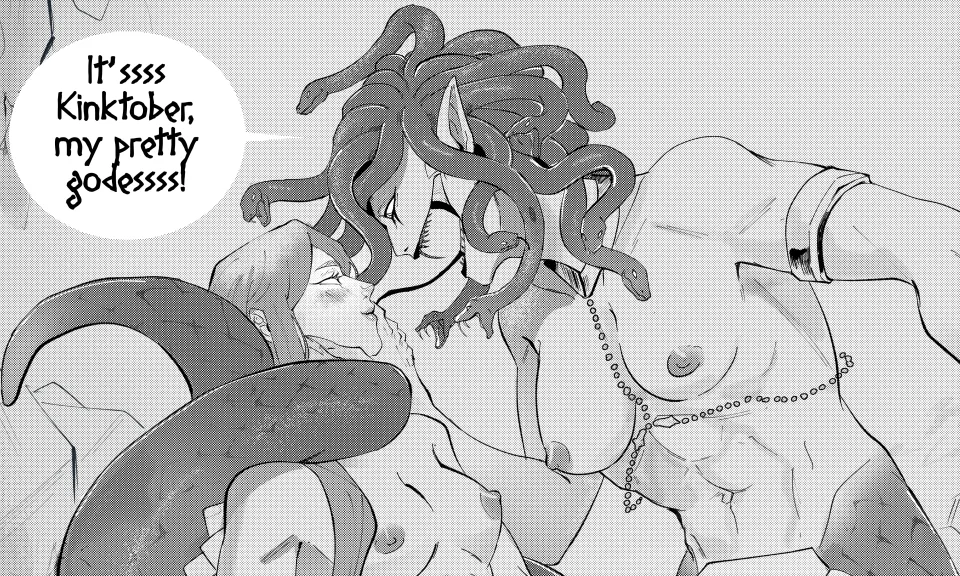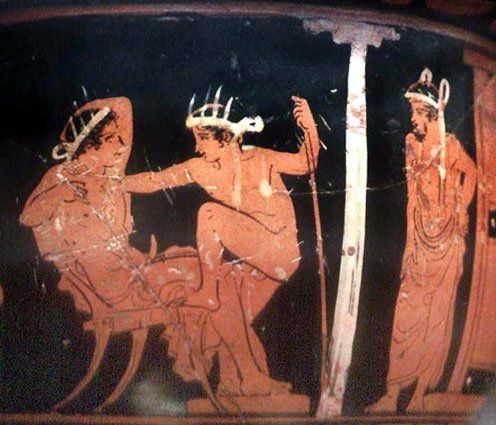Mythology Monday: Asklepios

This week's #MythologyMonday theme is serpents 🐍
Snakes are associated with various Greek deities such as Apollon, Asklepios, Demeter, Dionysos, and even Hermes. The Erinyes (Furies) are said to have snakes for hair, as is Eris, Goddess of Discord. But today, I'm telling you the story of Asklepios and his staff, the symbol of medicine. In the US, it is often confused with Hermes' staff, the symbol of commerce...

Asklepios is the son of Apollon and the mortal woman Koronis, who cheated on him while pregnant. Depending on the source either Artemis or Apollon himself shot her for her infidelity but the baby was saved by Apollon or his brother Hermes. Asklepios became a gifted physician. He learned the art of medicine from his adoptive brother Chiron, the wise centaur who had been raised and educated by Apollon. But Asklepios should eventually surpass his reknowned teacher by literally bringing the dead back to life!
One day, the son of King Minos of Crete and Pasiphaë fell into a pithos jar of honey and died. When they couldn't find him, the desperate parents even went to the Oracle of Delphi for help. She told them: "A marvelous creature has been born amongst you: whoever finds the true likeness for this creature will also find the child."
Asklepios heard of the plight of Minos and Pasiphaë, possibly from his father Apollon who is known to send the visions to the Delphian oracle (but this is pure speculation on my part).
At the time there was a newborn calf in Minos' herd that changed colour three times a day, from white to red to black. Asklepios saw this and pointed out the similarity to a ripening mulberry, so Minos and Pasiphaë sent him to find their son. And indeed, Asklepios found the honey jar in the wine cellar with the boy dead inside. Minos then demanded the demigod should bring his son back to life or be entombed together with the corpse.
At that point, Asklepios had not yet succeeded in bringing the dead back to life, so he didn't know what to do. While pondering the problem in confinement, a snake is said to have crept on to his staff. Asklepios killed it immediately. But later, a second snake came into his prison and upon seeing its friend dead, it brought back a herb in its mouth and placed it on the deceased snake's head. This revived the late snake and together both of them fled from the place.
Asklepios found the same herb and brought the Cretan prince back to life in the same way. And for this reason snakes are sacred to Asklepios and entwine his staff to this day.
The resurrected prince later had a daughter who became a priestess of Apollon.
As for Asklepios, Hades complained to Zeus that the number of the dead was steadily diminishing, now that mortals were being healed by Asklepios. Zeus, siding with his brother, killed the demigod with a thunderbolt.
Distraught at the murder of his child, Apollon shed countless tears which can still be found today as drops of amber. In his grief, he shot the Kyklopes who forged his father's deadly thunderbolts. To punish him, Zeus made Apollon live on earth and serve a mortal for nine years. But Asklepios was raised among the gods, a great joy to mortals as soother of cruel pain and healer of humankind.
If you enjoyed this article, toss me a coin or read more non-fiction here!
Sources
Image: Statue of Asklepios, exhibited in the Museum of Epidaurus Theatre, wikimedia.org



